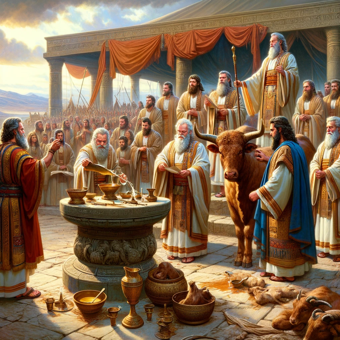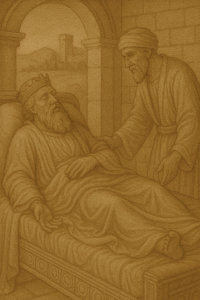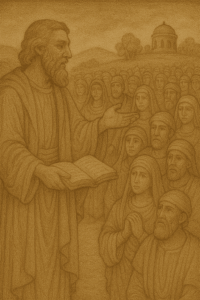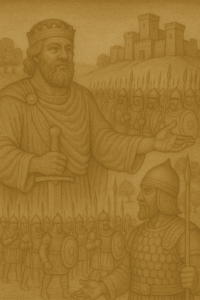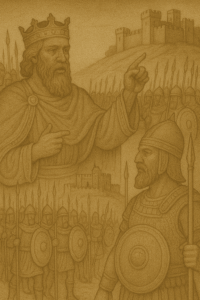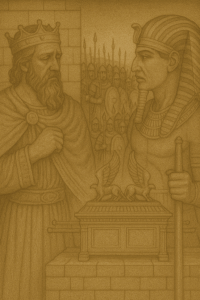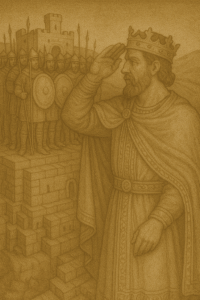Establishing the Priesthood: A Covenant of Holiness.
In the pages of Exodus, chapter 29 unfolds the divinely ordained ceremonies for the ordination of priests, transforming them into holy intermediaries between God and the Israelites. These rituals marked the formal establishment of the priesthood and reinforced the sacred covenant between God and His chosen people.
Consecration and Atonement: Purifying the Priesthood.
The ordination process began with the consecration of Aaron and his sons, the inaugural priests. They were bathed in water and anointed with oil, symbolizing purification and dedication to God. A bull was sacrificed as a sin offering, atonement for the priests’ imperfections and a foreshadowing of Christ’s ultimate sacrifice for humanity.
Establishing the Daily Sacrifices: A Constant Connection with God.
The priests were instructed to perform daily sacrifices, including the offering of two rams for burnt offerings and a ram for a peace offering. These sacrifices symbolized the Israelites’ ongoing dedication to God and their reliance on His provision.
The Priestly Garments: A Visual Reminder of God’s Presence.
The priests were clothed in the prescribed garments, including the Ephod, Breastpiece of Judgment, Tunic of Fine Linen, and Turban. These garments, adorned with symbolism and craftsmanship, served as visible reminders of the priests’ sacred role as mediators between God and the people.
The Holy Anointing Oil: Symbolizing God’s Holy Spirit.
The preparation and use of the holy anointing oil further emphasized the priests’ sacred status. This fragrant oil, made with specific ingredients, was used to anoint the priests, the Tabernacle, and the vessels used for worship. It symbolized the presence of God’s Holy Spirit upon the priests and the sacredness of their duties.
Establishing a Sacred Covenant: A Bond Between God and His People.
The ordination of the priesthood and the establishment of sacred rituals in Exodus 29 marked a significant milestone in the Israelites’ journey with God. These carefully prescribed ceremonies reinforced the covenantal relationship between God and His people, emphasizing the importance of holiness, sacrifice, and divine guidance.
Applications in Modern Society.
The ordination rituals and sacred sacrifices of Exodus 29 offer enduring lessons for our spiritual lives. They remind us of the importance of purity, devotion, and our ongoing relationship with God. We can strive to live lives of holiness and to seek God’s guidance in all aspects of our lives, just as the priests were called to do.
Conclusion.
Exodus 29’s detailed instructions for ordaining the priesthood and establishing sacred rituals reveal God’s desire for a deep and meaningful connection with His people. These ceremonies served as a foundation for the Israelites’ spiritual life and continue to inspire and guide believers today.
